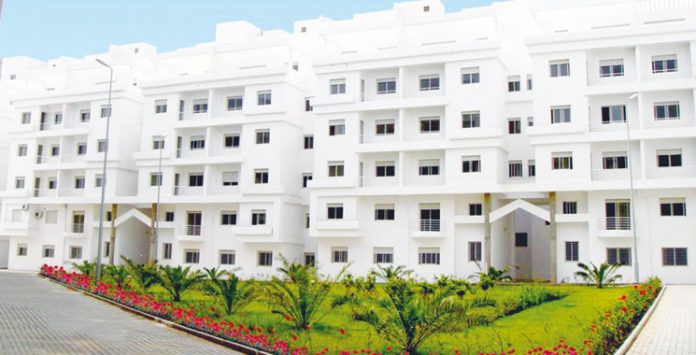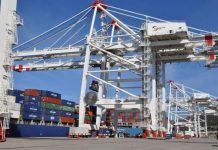The announcement that Morocco will co-host the 2030 FIFA World Cup is already reshaping the country’s real estate sector, serving as a powerful catalyst for investor activity. Since the confirmation, a surge in property acquisitions has been observed in several major cities, particularly in areas expected to benefit from short-term rentals. Investors are moving early, betting that the event will bring a wave of tourism and temporary housing demand, and hoping to capitalize on rising property values in the years ahead. This anticipatory movement is pushing up land prices in strategic locations, especially near planned stadiums and areas with high tourism potential.
The real estate buzz is amplified by an ongoing wave of urban transformation. Infrastructure upgrades, roadworks, new hotels, and public facilities are all accelerating. For developers and property professionals, every new announcement becomes a signal—whether it’s a stadium location, a transportation project, or a hospitality development. These cues are driving land acquisition strategies and reshaping perceptions of where the next growth hotspots will be.
But this optimism also comes with clear risks. In some cities, projected demand may not match reality, creating the potential for overbuilding and underutilization. Past World Cup hosts have shown that the benefits of such global events are neither automatic nor evenly distributed. Without careful oversight, speculative investment could artificially inflate prices, pushing residents out of central markets and disrupting housing accessibility.
To avoid these pitfalls, Morocco faces a balancing act: containing speculative trends while directing capital toward viable, sustainable developments. Local governments and industry professionals must guide this energy in a way that aligns with long-term urban planning and community needs. The success of the 2030 World Cup won’t be measured solely by stadiums and matches, but also by the legacy it leaves in terms of housing, city livability, and social inclusion.
Meanwhile, the real estate market in 2025 reflects a complex and somewhat tense reality. Despite the World Cup-driven excitement, overall sales activity has slowed. According to data from Bank Al-Maghrib and the National Land Registry Agency, transaction volumes dropped by 30% in the first quarter and another 21.2% in the second, affecting residential, commercial, and land sales alike.
Yet prices have remained stable. The real estate asset price index has not declined, revealing a disconnect between demand and supply. While complete data on the new-build segment is still pending, on-the-ground reports suggest similar trends.
Despite the downturn in sales, the sector shows signs of resilience. Structural solidity and confidence in medium-term prospects help explain why prices haven’t dipped in step with activity.
The high-end segment continues to perform well, relatively insulated from economic fluctuations. Demand remains strong among affluent buyers, both for residential use and rental investment, especially in major urban centers where prices are still climbing.
The mid-range market is more focused on resale activity, as new construction has virtually disappeared from city centers. In contrast, the affordable housing segment is seeing renewed interest thanks to the “Daam Sakane” program, launched in January 2024. Running through 2028, the program offers direct subsidies for first-time homebuyers and has sparked demand—though that interest has yet to translate into significant purchase numbers.
One major roadblock is the scarcity of homes priced at 300,000 dirhams, particularly in big cities. Limited supply is holding back the full impact of the government’s support program.
Developers are operating in a challenging environment. They face shortages of affordable land, burdensome taxes, and complex administrative procedures. Many also feel neglected by public authorities, calling for better engagement and clearer support.
Real estate agencies face their own set of challenges. The absence of a regulatory framework allows informal networks to flourish, especially the ever-present “semsar”—unlicensed street brokers. This parallel market creates competition that is sometimes direct, sometimes symbiotic, and highlights the regulatory vacuum still plaguing the sector.
Notaries welcome the government’s digital transition efforts but point out recurring technical issues on official platforms. These delays add strain, especially given tight legal timelines and increasing client expectations.
The mismatch between supply and demand cannot be analyzed in broad strokes. Each city has its own market rhythm and trends. There is no single Moroccan real estate market, but rather a patchwork of regional micro-markets moving at different speeds. Second-quarter indicators confirm a cautious mood: activity remains sluggish. Whether third-quarter data will reveal a turning point remains to be seen.
So far, no region is clearly outperforming. The first half of the year paints a picture of a flat market—no spikes, but no crashes either.





